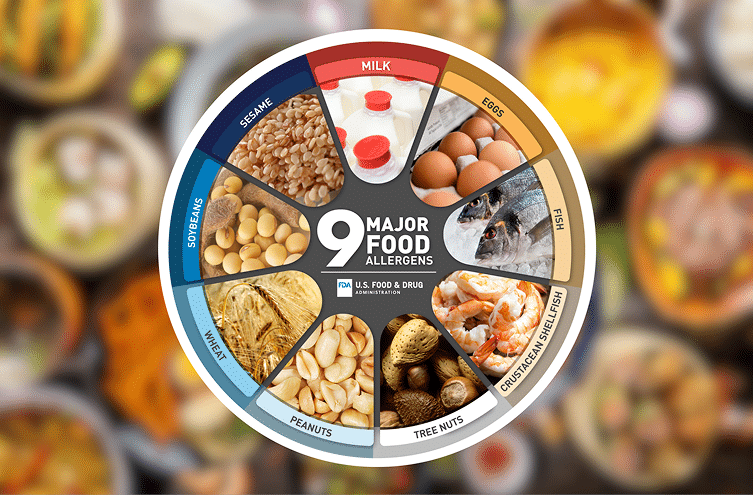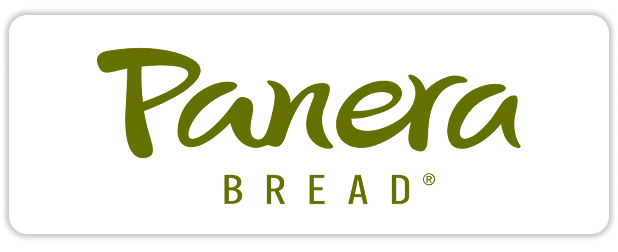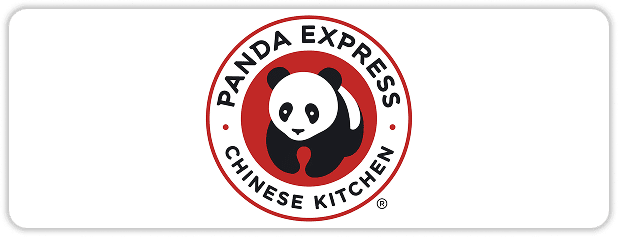
Leftovers Decoded: Are Leftovers Good After 7 Days?
Leftovers — your weeknight hero, your post-party lifesaver, and a wallet-friendly win. But let’s be honest: sometimes they sit in the fridge and start giving you second thoughts. Can that once-delicious meal still be safe after a week? Or is it a ticking time bomb in your fridge?
At AAA Food Handler, we’ve combined research, practical kitchen experience, and food safety expertise to answer these questions. No guessing, no risk — just clear, actionable advice to help you enjoy your leftovers safely.
From clever storage hacks to labeling tricks and freezer strategies, this guide will help you confidently tackle leftovers while keeping your family, customers, or yourself safe. So, let’s finally answer: are leftovers good after 7 days? Spoiler: there’s a safe way to know.
Are Leftovers Good After 7 Days and How Refrigeration Impacts Them
Your fridge slows down bacteria and mold growth, but it doesn’t stop them completely. These pesky pathogens can multiply if leftovers sit too long, turning a perfectly safe meal into a health risk.
The 7-Day Rule: Properly cooled leftovers should not stay in the fridge for more than seven days. After that, bacteria may reach unsafe levels, even if the food smells or looks fine.
Time and Temperature Control for Safety:
- Dairy products
- Cooked meats & poultry
- Seafood
- Rice & baked potatoes
AAA Food Handler Tip: Even if the fridge can technically hold leftovers for 7 days, aim to consume them within 3–4 days for the best flavor and safety.
The 7-Day Rule: Your Safety Checklist
Food Type | Refrigerator (≤41°F / 5°C) | Freezer (≤0°F / -18°C) |
Egg, chicken, tuna, macaroni salads | 3–4 days | Not recommended |
Hot dogs (opened) | 7 days | 1–2 months |
Deli meats (opened) | 3–5 days | 1–2 months |
Cooked sausage | 1–2 days | 1–2 months |
Ground meats | 1–2 days | 3–4 months |
Whole cuts of meat | 3–5 days | 4–12 months |
Cooked poultry | 3–4 days | 2–6 months |
Cooked rice | 4–6 days | 6 months |
Pizza (cooked) | 3–4 days | 1–2 months |
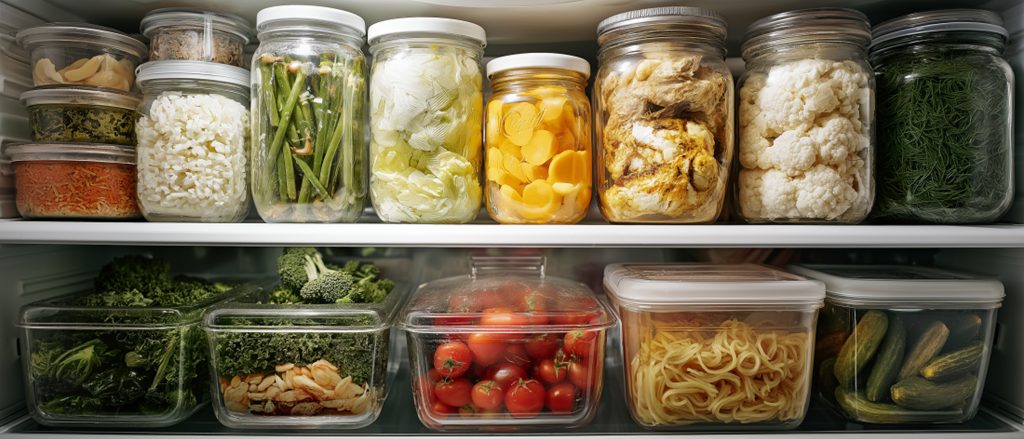
Label It, Love It: Smart Storage Habits
Proper labeling keeps leftovers safe and organized. Always mark:
- Item name
- Date prepared
- Date to eat, sell, or toss
FIFO (First In, First Out) method: The day you prepare or open food counts as Day 1. Example: Chicken salad made on Oct 1 → consume or discard by Oct 7.
Pro Tip: Store ready-to-eat foods on the top shelf to prevent drips from raw meats. Arrange items from top to bottom by cooking temperature:
- Ready-to-eat foods & leftovers
- Seafood
- Whole beef & pork cuts
- Ground meats & seafood
- Whole & ground poultry
Freeze Frame: Extending the Life of Leftovers
Freezing halts bacterial growth, but it doesn’t reset the 7-day timer. Think of it as hitting “pause” on bacteria — once thawed, microbes resume activity.
Example Timeline:
- Oct 1 → Cooked chicken
- Oct 2–3 → Refrigerated
- Oct 4–7 → Frozen
- Oct 8 → Thawed → Must consume by Oct 10
Keep your freezer at 0°F (-18°C) for optimal preservation. Freezing preserves safety but prolonged storage can reduce taste and texture.
Flavor Meets Safety: Maximize Freshness
AAA Food Handler recommends these pro tips for keeping leftovers fresh and safe:
- Use shallow, airtight containers for faster cooling
- Divide large portions into smaller servings.
- Reheat thoroughly to 165°F / 74°C
With these minor tweaks, your leftovers stay tasty and risk-free.
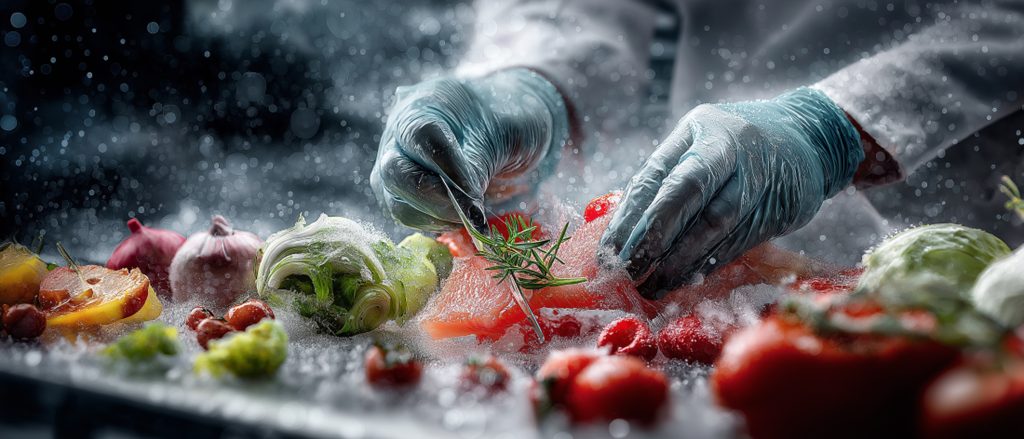
FAQs: Leftovers Safety Edition
1: Are leftovers good after 7 days?
A: No. Refrigeration slows bacterial growth but doesn’t eliminate it. Eating food after 7 days increases the risk of foodborne illness.
2: Can freezing make leftovers last longer than 7 days?
A: Freezing halts bacterial growth, but the fridge days still count. Once thawed, leftovers must be eaten within 1–2 days.
3: How can I tell if leftovers are spoiled?
A: Look for odd smells, textures, or colors. Even if it looks fine, discard it after 7 days.
4: Are there leftovers that last longer than 7 days?
A: Some packaged TCS foods (like certain hams or bacon) may technically last up to 7 days. AAA Food Handler recommends consuming within 3–4 days for safety.
5: Best way to store leftovers?
A: Airtight containers, top-shelf storage, separation from raw meats, and labeling for the FIFO method.
Leftovers Survival Guide: Eat Smart, Stay Safe
At AAA Food Handler, our experience and research show that leftovers can be convenient — but only if handled correctly. So, are leftovers good after 7 days? The clear answer is no.
Refrigeration slows bacteria but doesn’t stop it, and eating food past seven days increases the risk of foodborne illness. For optimal taste and safety, aim to consume leftovers within 3 to 4 days.
Label everything, store leftovers on top shelves, separate raw from cooked foods, and use airtight containers. Freezing can extend the life of food, but remember — the fridge days still count toward the 7-day rule.
AAA Food Handler Tip: Treat leftovers with respect. Smart storage, proper labeling, and timely consumption mean you enjoy every bite safely, keeping your family, customers, or yourself healthy and happy.
Take Action Now!
Make food safety a habit, not a guess.




